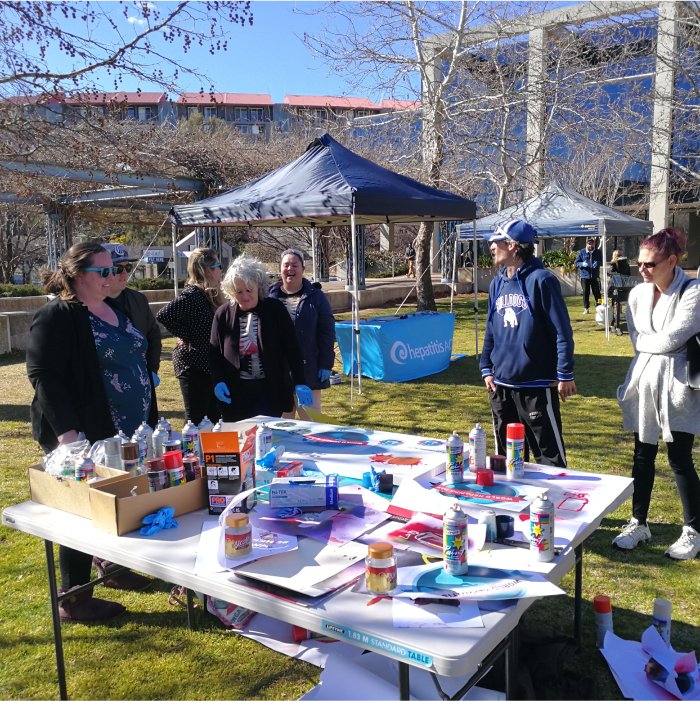What is Harm Reduction?
Harm reduction refers to policies, programmes and practices that aim to minimise the negative health, social and legal impacts associated with drug use, drug policies and drug laws.
Harm reduction is grounded in justice and human rights. It focuses on positive change and on working with people without judgement, coercion, discrimination, or requiring that people stop using drugs as a precondition of support.
Services and Practices
Harm reduction encompasses a range of health and social services and practices that apply to drugs, including but not limited to:
information on safer drug use
Drug consumption rooms
(also called overdose prevention centres or supervised consumption sites)
Needle & syringe programmes
Overdose prevention & reversal
Opioid Agonist Therapy
such as methadone and buprenorphine
Housing
Drug checking
Legal/paralegal services
Frequently Asked Questions
Yes. Harm reduction is effective in keeping people alive, preventing transmission of HIV and viral hepatitis, reversing overdoses, improving quality of life and connecting people to broader health services.
Harm reduction is cost-effective, evidence-based and has been proven to have a positive impact on individual and community health.
Nearly a hundred countries already have harm reduction policies and/or practices in place. There are excellent examples of harm reduction services in every region around the world, tailored to the local needs and contexts.
Yes. Harm reduction is highly cost effective and has been shown to save money.
Needle and syringe programmes are an example of a highly cost-effective harm reduction service. These life-saving programmes provide sterile syringes which prevent the transmission of diseases. Preventing illness saves government funds. Needle and syringe programmes are one of the most cost-effective public health interventions in existence.
Harm reduction encompasses a non-judgmental approach combined with a range of health and social services.
These include, but are not limited to: drug consumption rooms (also called overdose prevention centres or supervised consumption sites) where drugs can be consumed under supervision; housing and employment initiatives which do not require abstinence as a pre-condition; drug checking services where people can check illegal drugs for adulterants; overdose prevention and reversal; psychosocial support; and the provision of information on safer drug use.
No. Harm reduction does not promote or encourage drug use but helps people make healthier choices for themselves. Harm reduction recognises that there will always be some people who will use drugs, and some people who may be unwilling or unable to stop using drugs. Harm reduction offers policies, programmes and practices that aim to minimise the negative health, social and legal impacts associated with drug use as well as drug laws and policies.
Harm reduction is for anyone who wants to reduce the risks associated with drug use, as well as drug laws and policies.
Evidence shows that harm reduction services which are tailored to the unique needs of a person, are most effective at reducing the risks associated with drug use, especially when combined with other health and social services.
There is evidence to suggest that harm reduction services such as opioid agonist therapy can reduce crime, including violent crime. There is also evidence to suggest that harm reduction services such as drug consumption rooms (also known as overdose prevention centres or supervised consumption sites) do not lead to any increase in crime in the local area.
Don't miss our events and publications
Subscribe to our newsletter


